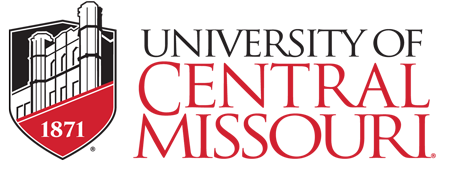Breadcrumb

Data Dashboards
Program Assessment Reporting
Academic programs (undergraduate, graduate, and certificate) are required to have active assessment plans that permit faculty to engage in a regular and ongoing process of inquiry to measure student achievement of specified program student learning outcomes and use of results to inform improvements. The Program Assessment Dashboard provides a status overview of academic program assessment planning and reporting across campus. Programs lacking one or more components of the assessment report are highlighted.
Program assessment plans are required to articulate measures for each SLO identified. As a result, the Assessment Methods column in the dashboard may be flagged if some program student learning outcomes are lacking corresponding measures. The dashboard's filters allow users to select and view the status of assessment reporting by college, academic program or by reporting period. The Power BI table is refreshed daily to provide up to date reporting.
General Education Assessment Data
The general education program at the University of Central Missouri makes up a significant portion of the undergraduate experience. The curriculum requires 42 hours of articulated coursework spread out across four broad knowledge areas. The knowledge areas cover multiple disciplines. More information about the General Education curriculum can be found in the .
The General Education curriculum is guided by program student learning outcomes. Course-based assignments articulated to specific learning outcomes form the basis for program assessment. The data allow us to determine how well our students are achieving program student learning outcomes and provides an important measure of the university’s effectiveness in meeting its mission to transform students into leaders.
The General Education Data Dashboard compiles and visualizes student achievement data by learning outcome. Filters allow users to disaggregate these data down to the course level. This flexibility enables faculty teaching general education courses to review patterns in student acheivement in their courses relative to the program, determine where gaps exist, and identify appropriate interventions.




